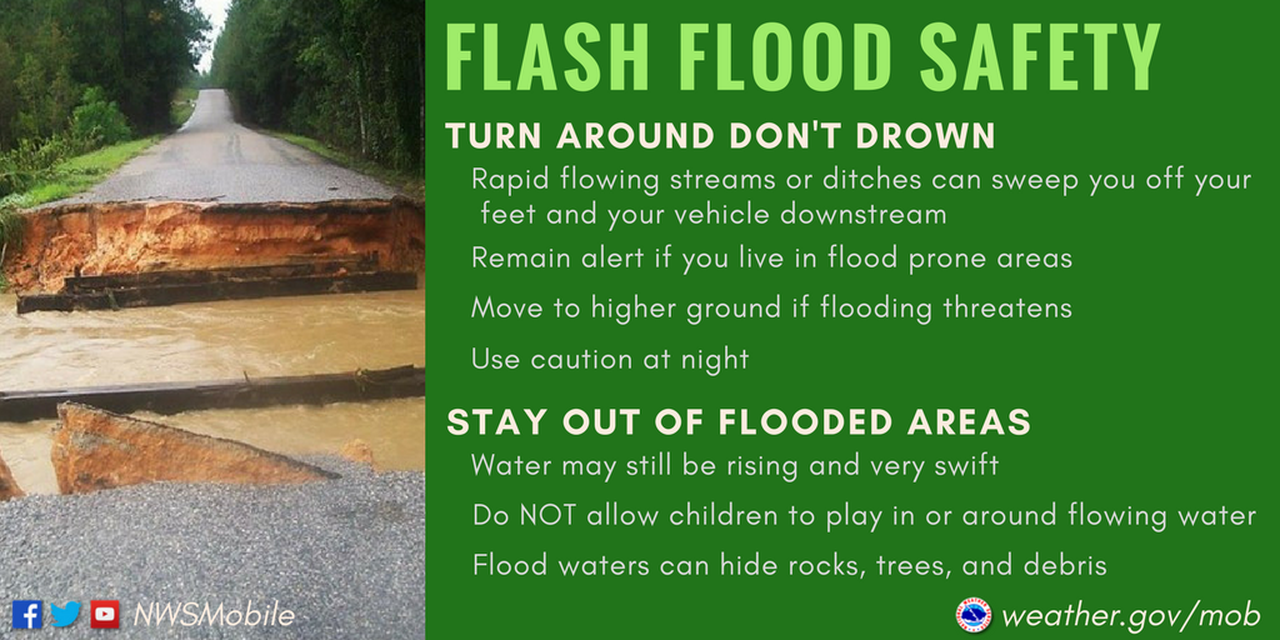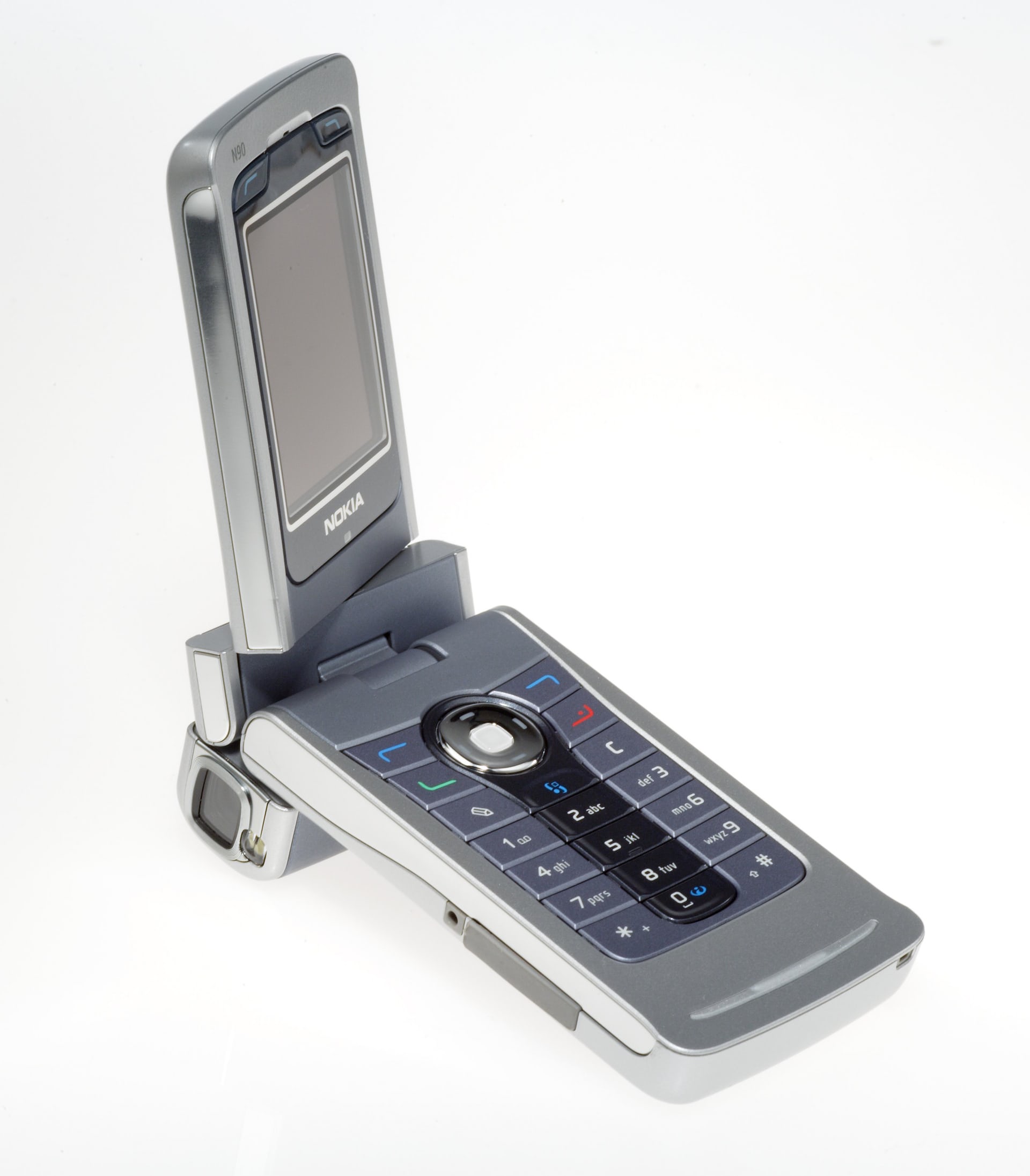Flash Flood Warning: What To Know And How To Stay Safe

Table of Contents
Understanding Flash Flood Warnings
What constitutes a flash flood?
A flash flood is a rapid, sudden rise in water level, typically within six hours of heavy or excessive rainfall. Unlike regular floods, which develop more gradually, flash floods can strike with little to no warning, making them incredibly dangerous. The key characteristics include rapidly rising water, intense rainfall often localized in nature, and short notice before the floodwaters arrive. The speed and intensity of the water surge make flash floods exceptionally destructive.
Recognizing the Warning Signs
Recognizing the signs of an impending flash flood is crucial for survival. Pay close attention to visual cues like rapidly rising water levels in streams, rivers, or normally dry areas. Overflowing waterways are a clear indicator of potential danger. Auditory cues, such as the roaring sound of approaching water, can also provide an early warning. Beyond these natural signs, rely on official sources. Stay informed about flood warnings, weather alerts, and heavy rainfall forecasts issued by your local weather service and emergency management agencies. Listen for sirens and emergency alerts broadcasted through various media.
- Different types of weather alerts include flash flood watches (conditions are favorable for flash floods), warnings (flash floods are imminent or occurring), and advisories (less severe but still warrant caution).
- Receive alerts through various channels: weather apps (like AccuWeather or The Weather Channel), the National Oceanic and Atmospheric Administration (NOAA) alerts, local news broadcasts, and emergency radio.
- Understand the severity levels of flash flood warnings; higher levels indicate a greater immediate threat, requiring more urgent action.
Creating a Flash Flood Preparedness Plan
Developing an Emergency Plan
A well-defined family emergency plan is paramount. This plan should include clearly designated evacuation routes, alternate routes in case primary routes are blocked, and pre-determined emergency contact information for family members and relevant authorities. Practice your evacuation plan regularly, familiarizing everyone with the routes and procedures. Knowing where to go in case of a flood is just as important as knowing how to get there.
Building an Emergency Kit
Having a fully stocked emergency kit is vital for disaster preparedness. This kit should contain essentials for survival, including:
-
Sufficient water (at least one gallon per person per day)
-
Non-perishable food supplies
-
First-aid kit with essential medications
-
Flashlight and extra batteries
-
Weather radio with extra batteries
-
Whistle to signal for help
-
Important documents (in a waterproof bag)
-
Copies of insurance policies
-
Multiple ways to receive alerts (weather radio, phone app, etc.) ensure you are informed even if one method fails.
-
Securing your home before a flood includes moving valuable items to higher floors, protecting electronics, and disconnecting utilities if instructed.
-
Pre-planning transportation options for evacuation is crucial, considering potential road closures and traffic congestion.
Staying Safe During a Flash Flood
Immediate Actions During a Flash Flood Warning
When a Flash Flood Warning is issued, immediate action is critical. Your primary goal is to move to higher ground as quickly and safely as possible. Avoid flooded areas at all costs; even seemingly shallow water can be deceptively dangerous, potentially sweeping you away. Never attempt to drive through floodwaters; the force of the water can quickly overcome your vehicle.
What to Do if Trapped by a Flash Flood
If you become trapped by a flash flood, prioritize your safety. Seek high ground immediately. If you're in a vehicle, abandon it if it's safe to do so, and head towards higher elevation. If you are surrounded by rising waters and there is no higher ground, climb to the roof of your vehicle or a sturdy structure. Signal for help by waving brightly colored clothing or using a whistle.
- Driving through floodwaters is extremely dangerous; even a few inches of water can carry a vehicle away.
- Helping others caught in a flash flood requires caution; prioritize your safety while assessing the situation and calling emergency services.
- Post-flood safety precautions are vital; avoid contaminated water, be wary of downed power lines, and inspect your home for structural damage before re-entering.
Post-Flash Flood Actions and Recovery
Assessing Damage and Reporting
After the floodwaters recede, assess the damage to your property carefully. Photograph or video record the damage for insurance purposes. Report damage to your insurance company and local authorities as soon as possible. Accurate documentation will expedite the claims process and aid in community recovery efforts.
Safety Precautions After the Flood
Post-flood safety is critical. Floodwaters can be contaminated with sewage and other hazardous materials. Avoid contact with contaminated water. Be cautious of downed power lines, which pose an electrocution risk. Inspect your home carefully for structural damage before re-entering.
- Safely cleaning up flood damage involves wearing protective gear (gloves, masks, boots) and properly disposing of contaminated materials.
- Various resources offer financial assistance and rebuilding support following a flood; reach out to local and national aid organizations.
- Coping with the trauma of a flood can be emotionally challenging; seeking mental health support is essential for recovery and healing.
Conclusion
Understanding a Flash Flood Warning is the first step toward ensuring your safety and the safety of your loved ones. This article has highlighted the importance of preparedness—developing an emergency plan, building an emergency kit, and knowing how to react during and after a flash flood. Remember, immediate action during a warning is crucial. Never underestimate the power of these events. Be prepared for flash floods, stay informed about weather alerts, and take decisive action to safeguard your life and property. For more information on flash flood safety, visit the NOAA website: [Insert NOAA website link here].

Featured Posts
-
 La Lutte De Rtbf Et Rtl Belgium Contre La Proliferation De L Iptv
May 26, 2025
La Lutte De Rtbf Et Rtl Belgium Contre La Proliferation De L Iptv
May 26, 2025 -
 Trump Administration Clears Path For Nippon U S Steel Merger
May 26, 2025
Trump Administration Clears Path For Nippon U S Steel Merger
May 26, 2025 -
 Sg Wireless Strengthens Manufacturing Partnerships Addressing Oem Supply Chain And Country Of Origin Concerns
May 26, 2025
Sg Wireless Strengthens Manufacturing Partnerships Addressing Oem Supply Chain And Country Of Origin Concerns
May 26, 2025 -
 Albert De Monaco I La Seva Escapada Amb Una Actriu Lluny De Charlene
May 26, 2025
Albert De Monaco I La Seva Escapada Amb Una Actriu Lluny De Charlene
May 26, 2025 -
 Pogacar And Van Der Poel Who Will Win The Tour Of Flanders
May 26, 2025
Pogacar And Van Der Poel Who Will Win The Tour Of Flanders
May 26, 2025
Latest Posts
-
 100 Forintos Ermek Gyujtoi Ertek Es Befektetesi Lehetosegek
May 29, 2025
100 Forintos Ermek Gyujtoi Ertek Es Befektetesi Lehetosegek
May 29, 2025 -
 Chinas Sinograin To Auction Imported Soybeans Addressing Supply Shortages
May 29, 2025
Chinas Sinograin To Auction Imported Soybeans Addressing Supply Shortages
May 29, 2025 -
 Fedezze Fel A Bukszak Titkait Note This Uses Titkait Which Is Close To The Original Intent While Avoiding The Forbidden Words
May 29, 2025
Fedezze Fel A Bukszak Titkait Note This Uses Titkait Which Is Close To The Original Intent While Avoiding The Forbidden Words
May 29, 2025 -
 Ella Mills And The Nepo Baby Label Navigating Deliciously Ellas Success
May 29, 2025
Ella Mills And The Nepo Baby Label Navigating Deliciously Ellas Success
May 29, 2025 -
 Mennyit Er A Regi Nokia Telefonod Tudj Meg Toebbet
May 29, 2025
Mennyit Er A Regi Nokia Telefonod Tudj Meg Toebbet
May 29, 2025
